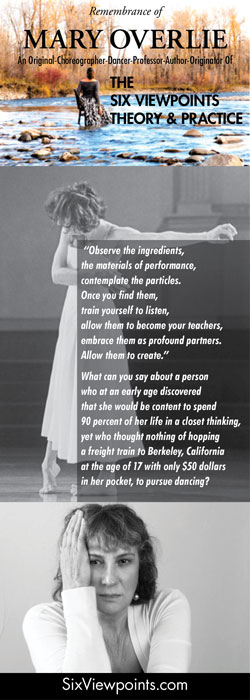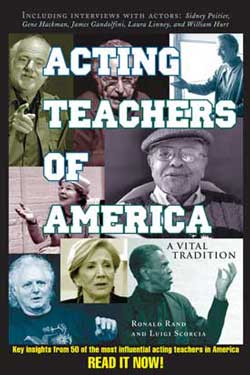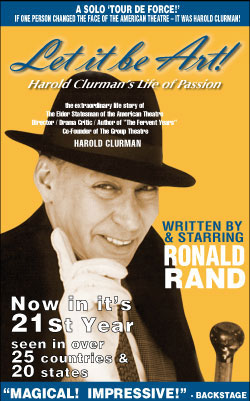A Double Life: My Exciting Years in Theatre and Advertising
Many moons ago, I read in a translation of The Upanishads, “Who does not enjoy the journey will never reach his destination.” That explained, to me at any rate, what is the meaning of life. Up to that time, thanks to my Western education, I was entirely goal oriented. I had not learnt that the cosmos is interlinked. To me there was only cause and effect within a narrow spectrum. You put the coin in the slot and out comes the packet of chocolate. What happens along the way was of little or no concern for me. Thank God it finally dawned on me that enjoying the work you do is as important as the result.
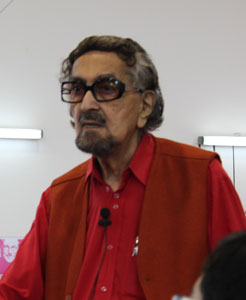
Alyque Padamsee at Annual Business Conference at Goa Institute of Management,
2012, photo: Cooljais)
~~~~~~~~~~
How do big ideas come to one? My best creative time is either in the shower or in the half-awake period when I'm about to fall asleep. Sometimes it comes in a blinding flash. Most often it comes by constantly focusing your internal spotlight on the problem. This spot swings around your idea box lighting up cliché after cliché. You have to be ruthless in rejecting déjà vu ideas. You also have to stamp out the corny ones.
The Big Idea is the one that inflames your emotions and seems dead right for the project at hand. But don’t jump at it. Sleep over it for a week. If it still excites you after seven days, you’ve got yourself a winner.
On analysis, I am a lazy person who is terrified of being called lazy! Therefore, I set myself impossible tasks within possible deadlines so that I have to leap my lazy bones out of the bed every morning and attack the impossible project with ferocious energy.
Fear of failure is a great motivator; it acts like an electric cattle prod. It galvanizes you into action. Obviously, somewhere, lurking beneath the surface, I have a nagging insecurity, and therefore have to prove to myself again and again that I’m not a failure.
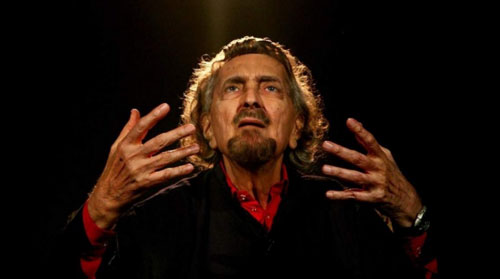
Alyque Padamsee (photo: Twitter/@SunandaSSinha)
~~~~~~~~~~
When it came to foreign plays like “Evita,” and “Jesus Christ Superstar,” instead of international touring productions, we needed staging that is adapted to the Indian context. There is a mistaken impression even among our own theater reviewers that productions of western plays in India are carbon copies of the Broadway and West End originals. I don’t agree.
Take “Evita,” for instance. What attracted me to “Evita” was, of course, the music. But even more important, the theme. The fact that a woman could rise in a man’s world and become the empress of her country. In my mind, this was so akin to Indira Gandhi.
So, my production began with the premise that though I would use the music from the original “Evita,” as well as most of the words, my interpretation would be India-oriented, and most certainly Indira-oriented. So much so that Indians who went abroad and saw the production on Broadway or in London, came back and said, “My God! The Theatre Group production in Bombay is so different. And we prefer it because the storyline is so meaningful.” Whereas in London and New York, they assumed that everyone knew about “Evita” and Argentina, that is Eva Peron and Argentinean politics, here I didn’t assume that at all.
~~~~~~~~~~~~~~~
I’ve always believed that a creative craftsman must understand technology. I don’t think it’s enough for a theatre director to direct actors. He must be able to direct the set designer, the lighting man, the make-up specialist, the music director, the costume designer, everybody associated with the production of the play. He must know his craft inside out. When I dramatize a scene from a play, I must not only dream the impossible, but I must also know how to make it work on stage.

Alyque Padamsee with Sharon Prabhakar at the Premiere of Ash Chandler’s play at The Comedy Store, 2012 (photo: www.bollywoodhungama)
~~~~~~~~~~~~~
I have to confess. I am a sucker for magic. Peter Brook, my guru in the theatre, whose career I have followed since I was a drama student, said, “The theatre is a place of magic. Directors are the great shamans of the arts. The magic men who create illusions that leave the audience wonderstruck.”
When you are good at something, you tend to continue to do it and stop experimenting. You get creative arthritis. Personally, I like to change and venture into an area which is different. I loved Sir Laurence Olivier for that reason. Always experimenting. The world’s greatest actor and risk-taker. I admire that part of him. Olivier took enormous risks with the roles he played. For instance, when he did “Othello,” he and director John Dexter decided that he would play Othello.
Now this was in the early 1970’s. Olivier came on with a big smile, twinkling eyes and a mischievous roguish expression. Anything but the stately Shakespearean general you were used to seeing.
Even when Sir Laurence played Shylock, he did it with daring. I remember the scene in which Portia gives the judgment against him and indicates that Shylock can cut off a pound of flesh, but no blood, no muscle. And if he failed, then all Shylock’s lands would be forfeited. Olivier looked at Portia, and then he looked down. Suddenly he stiffened up his spine and walked straight out of the court. There was a second of silence after his exit.
Then from the wings Olivier gave this terrifying howl of pain. The whole audience was chilled to witness a man totally humiliated. With every role Olivier took enormous chances. But because of the brilliance of his acting and his intensity, he just carried the audience with him.
Lord Laurence Olivier
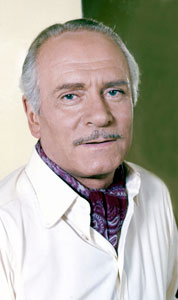
~~~~~~~~~~~~~
To me, art is the magic of transforming imagination into reality. The horror of war in Picasso’s imagination was transformed into the distorted lines of his Guernica on canvas. Imaginative reality has more power and punch than documentary statistics. I don’t wish to quarrel with neurologists, but I find this claptrap about the left brain being logical and the right brain being emotional, untenable.
As a practitioner of turning ideas into action, I believe that the creative artist is endowed with a middle brain. Where a fusion between logic and emotion occurs. This enables the true artist to think in concepts, rather than just words or just pictures. This middle brain is the “no-man’s land” between the conscious and the subconscious. And that is why, as a creator operating in the field of advertising, I believe in symbolism rather than reality. • 1999
(Excerpts from A Double Life: My Exciting Years in Theatre and Advertising, by Alyque Padamsee with Arun Prabhu. Printed by Penguin Books, India. Reprinted with the permission of the author.)
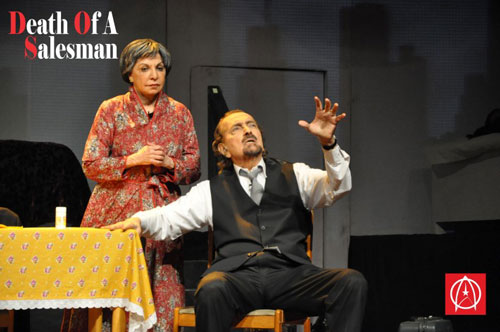
Alyque Padamsee as Willy Loman in “Death of a Salesman” (photo: ACE Productions, production included: Farrokh Mehta, Farid Currim, Rayo Noble Neel Tolani, Jim Sarbh, Nishith Dhanak, Cyndy Khojol and Nivvy Randhawa.)
ALYQUE PADAMSEE (1928-2018) Director, Producer and Actor, he portrayed Muhammad Ali Jinnah in Sir Richard Attenborough’s film, “Gandhi,” and was also known as the Ad Guru of India – as Managing Director of Lintas Bombay, one of India’s most influential advertising agencies, he was responsible for revolutionizing the advertising scene in that country. His long and fruitful association with the stage, both English and Marathi, created legendary productions in India including “The Crucible,” “Evita” starring Sharon Prabhakar, “A Streetcar Named Desire” starring Dalip Tahil and Sabira Merchant, “Jesus Christ Superstar,” “Tuglag,” “Cabaret” with Shiamak Davar, and “Broken Images,” which was invited to the Kennedy Center in Washington, D.C. in 2011. He introduced “Karamchand” on television. Mr. Padamsee worked for the Citizens for Justice & Peace, the Citizens Action Group, and he was on the Advisory Council of the Indian Institute of Technology. He was appointed to the Prime Minister's AIDS Task Force and served as Advisor to Prime Minister Rajiv Gandhi on commercial television. The President of India conferred on him the Padmashri Award, the Advertising Club of Mumbai named him “Advertising Man of the Century,” and he received the Lifetime Achievement Award for Theatre by the Sangeet Natak Akademi Tagore Ratna. His autobiography, A Double Life: My Exciting Years in Theatre and Advertising recounts his life story.























